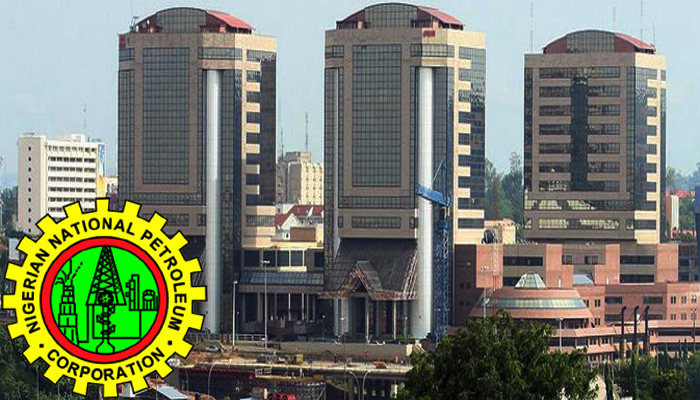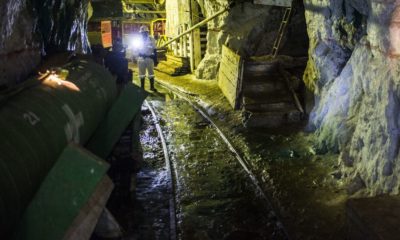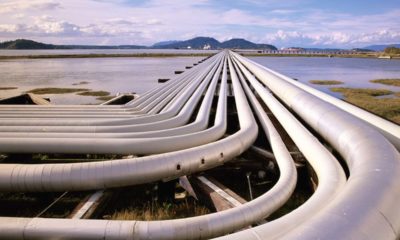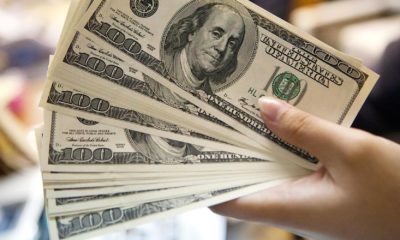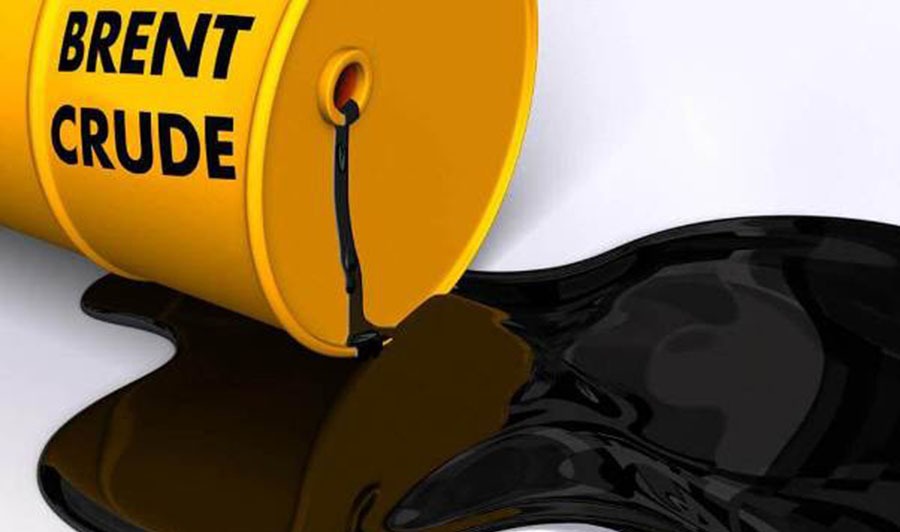- NNPC Embarks on Healthcare Venture to Reduce Medical Tourism
The Nigerian National Petroleum Corporation (NNPC) has teed-off a major national healthcare intervention project designed to halt medical tourism to foreign destinations through the provision of state-of-the-art hospitals and diagnostic centres across the country.
Details of the medical venture plans published in the Q3 2018 Edition of the NNPC Magazine indicated that the corporation has set a five-year gestation period for the project to achieve substantial impact in Nigeria’s healthcare delivery system.
The NNPC quarterly publication reported that the healthcare project is in three parts. The first is Occupational Health designed to specifically service NNPC staff, their dependents and retirees. All current NNPC clinics fall under this scheme and are presently being upgraded to reflect the new realities.
The second scheme involves some key NNPC hospitals like the erstwhile Abuja International Diagnostic Centre (AIDC) and the Benoni Hospital in Benin City which are being equipped to service both NNPC staff and outsiders because of their projected excess capacity.
The third leg of the medical project which has been designated as ‘new business’ involves locations where state-of-the-art hospitals and diagnostic centers will be constructed on NNPC unutilized lands in Kaduna, Mosimi and Port Harcourt for commercial purposes.
NNPC Group Managing Director, Dr. Maikanti Baru, said he was delighted by the development being spearheaded by the NNPC Medicals, saying the project would impact on the bottom line of the corporation in the long run.
According to NNPC’s statement that made this disclosure on Thursday, Baru affirmed that apart from the financial benefits the project promises, it also underlined the progress being made in the transformation efforts to reposition NNPC as a fully integrated company of the future.
The NNPC Magazine’s report further informed that the icing on the cake is the erstwhile Abuja International Diagnostic Centre which is being reconfigured to assume the status of a national flagship medical mall.
Upon completion, the centre will warehouse top class health care providers in cardiovascular, oncology, renal dialysis, radiology and lab services.
The dream, it was gathered, is essentially to make AIDC a hub for other clinics through telemedicine.
This process allows the remote delivery of healthcare services, such as health assessments or consultations with the support of telecommunications and information technology infrastructure. It will enable the healthcare providers to evaluate, diagnose and treat patients without the need for an in-person visit.
Babatunde Adeniran, Chief Operating Officer, NNPC Ventures, said the new-found medical vision was modeled as well as inspired in part by successes recorded in other jurisdictions like Saudi Arabia, where the state oil company, Saudi Aramco, partners John Hopkins to provide best medical care for its staff and residents of other Middle East countries.
“NNPC has 52 clinics/hospitals, the largest network of healthcare facilities in Nigeria which is enough capacity for us to build on, upgrade the facilities and achieve our commercialization dream. The aim is to reduce to zero, medical tourism and the accompanied capital flight with a view to retaining the money in Nigeria while also improving NNPC’s revenue,’’ he said.
Musa Shaibu, veteran Occupational Health Physician and Managing Director of NNPC Medical Services Limited (NMSL), told the NNPC Magazine that the corporation was harnessing its strong brand name and market place identity to achieve remarkable results in the pursuit of medical excellence.
“The NNPC name is huge, it is a golden name and as we are going into healthcare delivery in the name of NNPC, it is going to be a huge advantage. Don’t forget that, over the years, because we have been in the practice, we have interfaced with the best in healthcare delivery across the world. We know what to do and how to achieve result,’’ he said.

 Forex3 weeks ago
Forex3 weeks ago



 Naira2 weeks ago
Naira2 weeks ago
 Billionaire Watch2 weeks ago
Billionaire Watch2 weeks ago




 Naira2 weeks ago
Naira2 weeks ago




 Naira2 weeks ago
Naira2 weeks ago






 Naira4 weeks ago
Naira4 weeks ago


 Naira1 week ago
Naira1 week ago






 Naira4 weeks ago
Naira4 weeks ago
